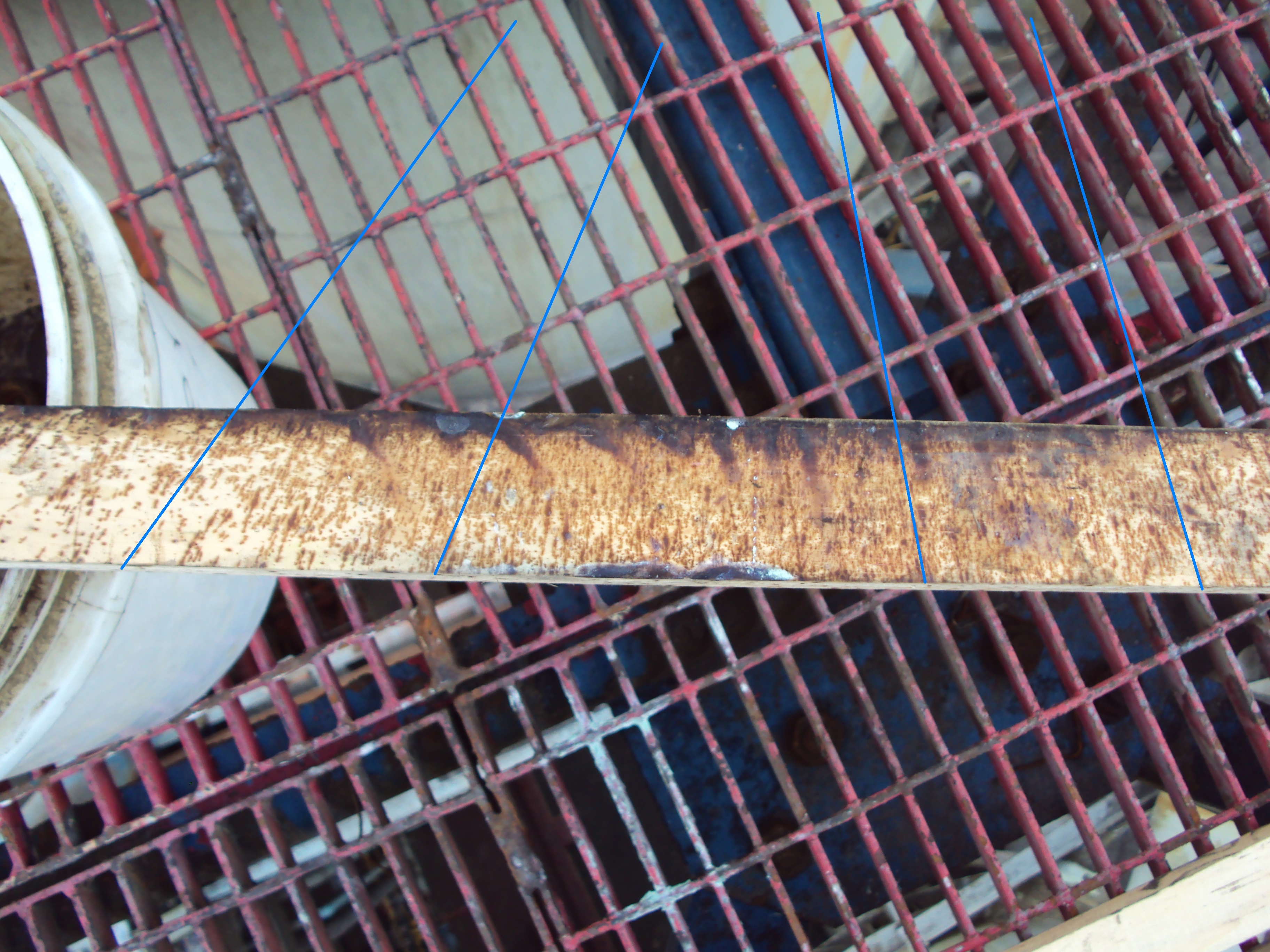|
||
| Sulphuric Acid on the WebTM | Technical Manual | DKL Engineering, Inc. |
Knowledge for the
Sulphuric Acid Industry
![]()
Sulphuric Acid on the Web
Introduction
General
Equipment Suppliers
Contractor
Instrumentation
Industry News
Maintenance
Acid
Traders
Organizations
Fabricators
Conferences
Used
Plants
Intellectual
Propoerty
Acid
Plant Database
Market
Information
Library
Technical Manual
Introduction
General
Definitions
Instrumentation
Plant Safety
Metallurgial
Processes
Metallurgical
Sulphur Burning
Acid Regeneration
Lead Chamber
Technology
Gas Cleaning
Contact
Strong Acid
Acid Storage
Loading/Unloading
Transportation
Sulphur
Systems
Liquid SO2
Boiler Feed Water
Steam Systems
Cooling Water
Effluent Treatment
Utilities
Construction
Maintenance
Inspection
Analytical Procedures
Materials of Construction
Corrosion
Properties
Vendor Data
DKL Engineering, Inc.
Handbook of Sulphuric Acid Manufacturing
Order
Form
Preface
Contents
Feedback
Sulphuric Acid
Decolourization
Order Form
Preface
Table of Contents
Process Engineering Data Sheets - PEDS
Order
Form
Table of Contents
Introduction
Bibliography of Sulphuric Acid Technology
Order Form
Preface
Contents
Strong Acid System -
Troubleshooting
- Stick Test
May 23, 2014
Introduction
A stick test is a qualitative test used to troubleshoot the operation of a dry or absorber tower and its mist eliminators. The test basically consists of inserting a wooden stick in the gas flow exiting the tower. Any acid particles impacting the stick will leave a dark spot on the surface of the wood. The quantity and size of the spots will provide an indication of the tower and mist eliminator performance.
A large number of small spots (< 5 mm diameter) on the stick will indicate problems with the mist eliminator, typically re-entrainment of acid.
A uniform darkening of a dry stick will indicate the presence of high SO3 concentrations. The moisture present in the wood reacts with the unabsorbed SO3 from the absorber tower causing the uniform darkening.
A stick test that results in a heavily spotted or black wet stick indicates a case of severe gas bypassing, mist eliminator flooding, high inlet loadings, etc. These problems are serious and should be addressed immediately before long-term damage to downstream equipment occurs.
Ideally, a stick test should be performed far enough downstream from the tower in a straight horizontal section of stainless steel duct. The stick should be inserted vertically in the gas stream. Stick tests performed too near the tower exit can be affected by the turbulent flow conditions of the gas as it exits the tower. The presence of an elbow at the tower exit can further complicate the test results.
Acid condensing on the walls of the duct can affect the stick test if this acid is re-entrained into the gas stream. Sulphate formation on the inside walls of a carbon steel duct can also affect the stick test.
This procedure is general in nature and as such should be adapted to the specific conditions and procedures existing at the site at the time the operation is performed.
Safety
Personnel shall wear as a minimum SO2 respirators, protective goggles, face shield, clothing and gloves. Stick tests performed on towers where the tower is operating under pressure will be hazardous due to the process gas (containing SO2, SO3/Acid mist) that will escape when the valve is open.
The location of stick test valve is often high up where access may be difficult. Ensure that suitable access is provided (either permanent or temporary). Safety harnesses may be required if a falling hazard is present.
Equipment and Supplies
The following equipment will be required:
A full bore valve (minimum 2" diameter) is required in the tower outlet duct. Safe access to the valve is also required. A ball valve is recommended since it can be opened and shut quickly.
Procedure
1. Decide on the length of time to perform the stick test. A 2 to 3 minute test is typical.
2. Ensure that all safety equipment is being worn.
3. Quickly open the stick test valve. Stand off to the side of the valve to avoid being hit by any liquid, sulphate, etc. that may be in the valve.
4. Immediately insert the stick so that it spans across the entire duct. Ensure that the stopper or plug is in place to minimize the gas that exits through the valve. The stick will need to be held in place to prevent it from moving.
5. When the allotted time is reached, quickly remove the stick and close the valve.
6. Immediately examine the stick and record the observations.
7. Perform additional stick tests as required based on the results of previous tests. The insertion time can be varied based on previous results.
The following operating conditions should be noted whenever a stick test is performed:
After many tests are performed, a 'database' of sticks will be available for each tower representing various operating conditions and problems. Typical sticks should be retained for future comparisons.
Stick Test Device
Performing stick tests on towers that are operating under pressure can be hazardous due to the gas that escapes from the open valve. Some operators attempt to reduce the flow gas by stuffing pieces of cloth around the stick. A simple device constructed of rubber gaskets can greatly improve the safety of performing stick tests. An opening the shape and size of the stick is cut into the centre of the gasket. The opening is slightly smaller than the dimensions of the stick. Two or three gaskets are used to ensure a good seal around the stick. The gaskets are mounted on the stick test valve using a standard flange.
| Stick Test Device - Rubber gaskets and CPVC mounting flange | |
| Stick test valve | |
| Stick test device mounted on valve | |
| Stick test valve and device with stick inserted |
A test of the device indicated a large reduction in the amount of gas leaking out of the open valve providing for improve operator safety.
VideoHanging Candle Stick Test
